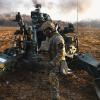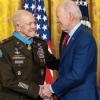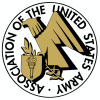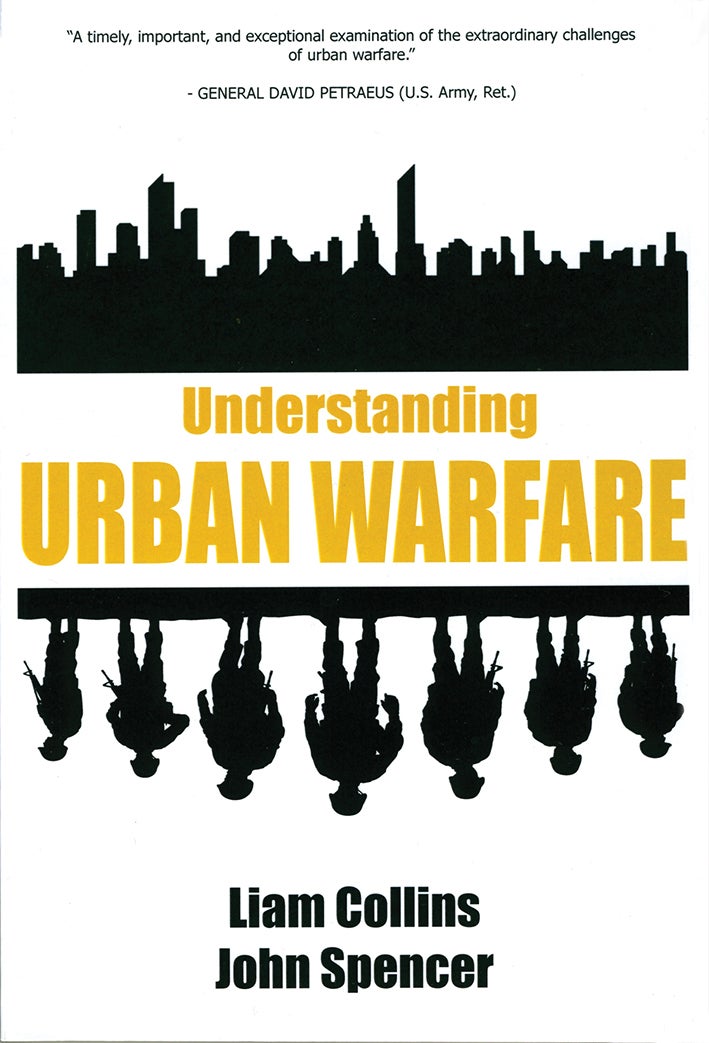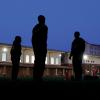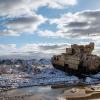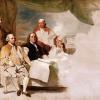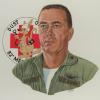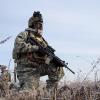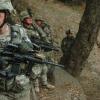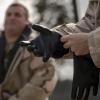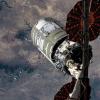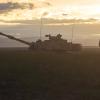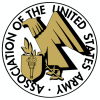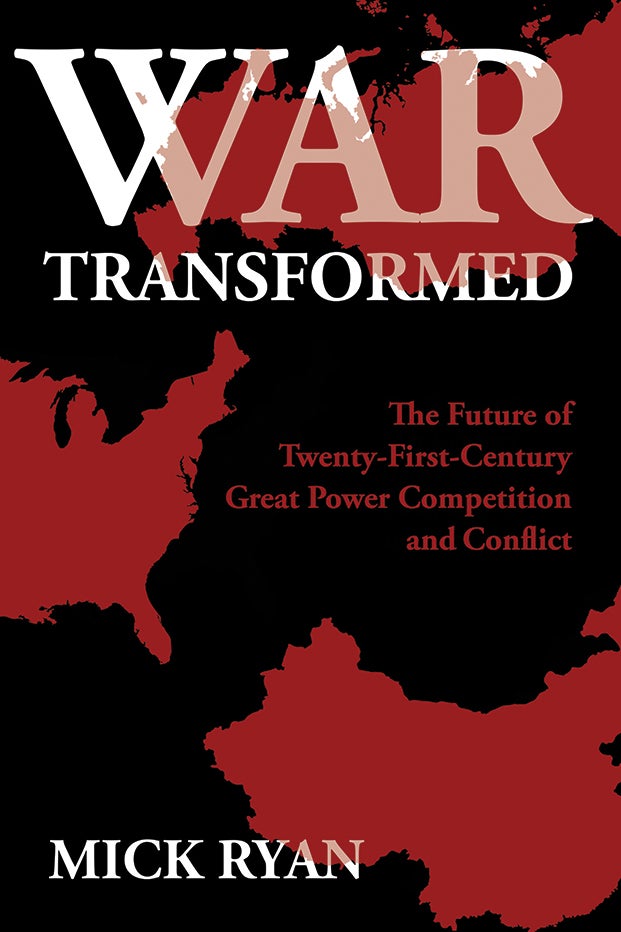Among the U.S. military installations in the Republic of Korea, one stands out.
Situated approximately 40 miles south of Seoul and nestled along Korea’s western coast is the largest and most extensive U.S. overseas military base—U.S. Army Garrison Humphreys.
As the Army’s home in Korea, USAG Humphreys has been called “the largest power projection platform in the Pacific,” and it boasts the Army’s most active overseas airfield, Desiderio Army Airfield. This year, it’s expected that the USAG Humphreys population will grow to more than 38,000 U.S. and South Korean personnel who live or...


